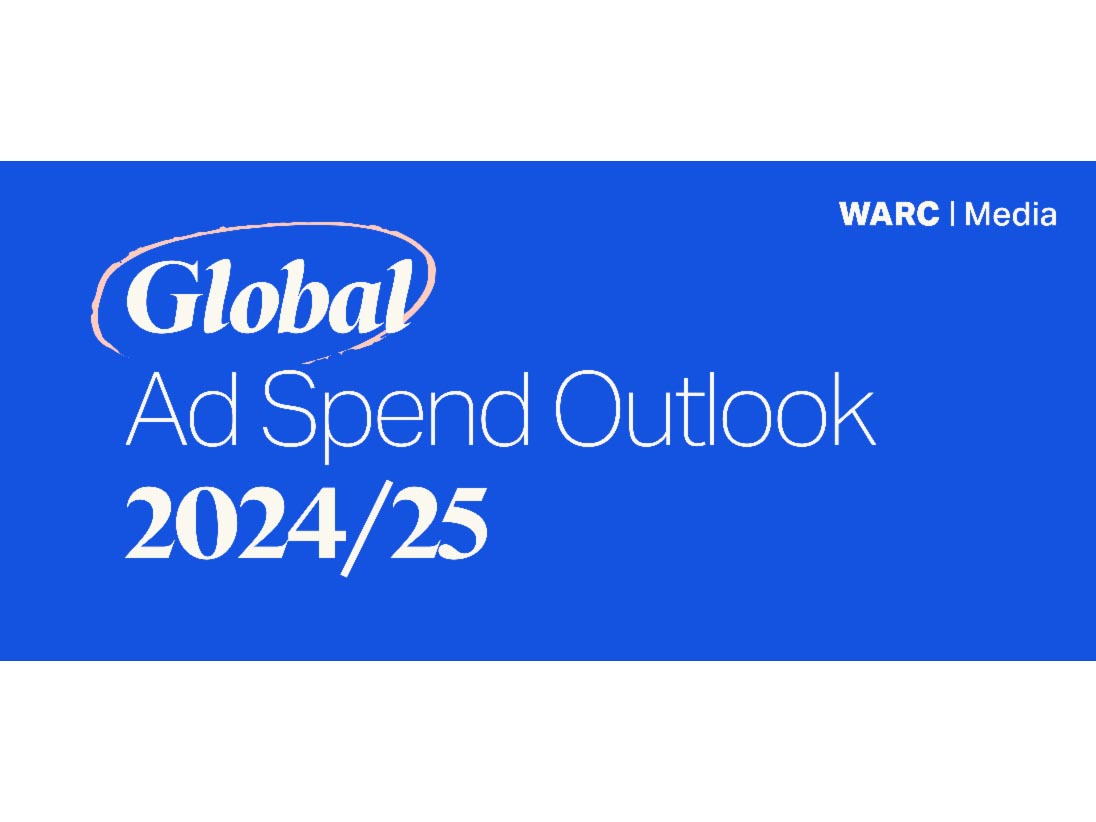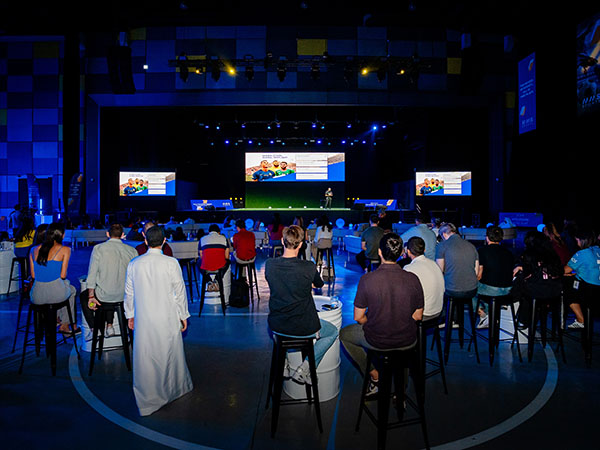News - News In Brief
Global advertising spend forecasts reduced by $90bn as digital slowdown bites
January 9, 2023
The coming 12 months may usher in a new pattern for global advertising investment. Against a backdrop of economic crises, geopolitical complexity, spiralling inflation, supply chain disruption, and structural technology shifts, marketers are re-evaluating their approach.
Ad spend is growing but at a slower pace. WARC’s latest forecast is $880.9bn, removing $90bn of growth potential for 2022 and 2023, meaning digital media owners are likely to fight harder for ad revenue growth – and, increasingly, will compete with one another for ad dollars.
To attract advertising revenue, Big Tech companies are branching out. Meta is pushing for engagement with the metaverse and Snap is investing heavily in augmented reality. TikTok continues to attract investment - its ad revenue is forecast to grow 42% in 2023. However, WARC forecasts pureplay internet ad growth this year at just 5.5%, down from 42% in 2021.
Defying the slowdown, retail media is increasingly favoured by advertisers. Now the fourth-largest medium by ad spend, with global investment totalling $110.7bn in 2022 and forecast to reach $121.9bn in 2023 according to GroupM, it is on course to become more valuable to advertisers than linear TV in 2025.
Alex Brownsell, Head of Content, WARC Media, says: “Meta’s first-ever year-on-year quarterly revenue decline, announced in July 2022, may one day be seen as the moment the digital advertising industry tipped into a new, less expansive phase.
“While the breakneck speed of growth in ad investment witnessed in 2021 could never have been maintained, media owners like Meta alongside brands and agencies are also challenged by other fundamental issues. From cleansing the ecosystem of misinformation, using ad dollars to promote greater diversity and inclusion, attracting and retaining the right talent, to saving the planet from catastrophic climate change.
“To tackle the media industry’s growing need to reform, this report will help marketers better understand the challenges, determine the most effective strategies, and benefit from arising opportunities.”
The Future of Media report, part of WARC’s annual Marketer’s Toolkit, highlights key trends in three vital areas: advertising investment, media planning, and industry reform.
1. Digital investment reaches the top of the ‘S’ curve
Digital advertising investment has arrived at the threshold of a new era of slower growth. After years of rapidly increasing spend, marketers are planning with more caution. This reflects broader economic concerns, dynamic shifts in Big Tech, and changes in consumer behaviour.
Nearly a third of WARC’s Marketer’s Toolkit respondents expect 2023 marketing budgets to be lower than 2022. WARC has downgraded its global advertising investment forecast to $880.9bn, removing $90bn of growth potential for 2022 and 2023.
Marketers are rebalancing their ad budgets, decreasing investment in offline channels and increasing spend in online video, social media and gaming. TikTok ranked top choice for increased investment in 2023 by 76% of marketers according to WARC’s Toolkit survey.
Kate Scott-Dawkins, Global Director, Business Intelligence, GroupM, comments: “There are multiple drivers pointing to cautious optimism [for 2023]. Large declines appear limited to select channels in select markets, like in France and Germany, where we downgraded TV growth as they continue to face energy shortages due to the war in Ukraine. And large advertisers, despite voicing caution in light of high inflation, are still posting solid revenue gains as sales hold up.”
2. Fragmentation calls for more fluid media planning
Media effectiveness is becoming harder to achieve. Linear TV reach continues to decline, while digital consumption is fragmenting across platforms and technologies, from new social apps to proto-metaverse gaming environments. The need for adaptable, innovative media planning has never been greater.
More than a third (34%) of survey respondents identified media and audience fragmentation as one of their biggest causes for concern when drawing up plans for 2023. The situation calls for advertisers to adopt a more fluid approach to media planning and branding, and one that emphasises the importance of communities over basic demographics in segmentation.
While over half (52%) of Marketer’s Toolkit survey participants expect to increase investment with social media influencers and creators as a whole, two-thirds (65%) are planning to work with content creators to connect with communities “aligned with specific interests authentically tied to the brand”.
Nadia Mozorova, Global Measurement, & Insights Lead, EY, said: “In order to stay relevant, brands need to identify communities and create messages which will appeal the most to the needs and challenges of these communities. From a research perspective, companies should look for ways to move from a traditional type of segmentation (age, gender, education, place of living) to segmentation based on identifying and understanding different consumer mindsets and psychological need states.”
3. Fixing the media ecosystem
Whether assessing the impact of advertising on climate change, the role of media investment in supporting diversity, equity and inclusion, or the need to address a growing talent crisis, the media industry finds itself under increasing pressure to reform.
Preeti Mascarenhas, APAC Head of Strategy and Product, Mindshare, comments: “Conscious consumerism is on the rise. It’s a key area Asians look for in their stop-go-lives. In a nutshell, it’s about being more focused on things that worry consumers and what they care about. Brands will benefit from more responsibly designing data solutions and also selecting channels and platforms that consumers perceive as making the world a better place.”
More than half (54%) of US respondents to the Marketer’s Toolkit survey said that media planning recommendations in 2023 will include more diverse publishers, reflecting the importance of minority audiences in that market.
However, with only a third (34%) of advertisers planning to include more low carbon alternatives in their media plans in 2023, it is clear more work must be done to persuade marketers of their role in combating climate change.












